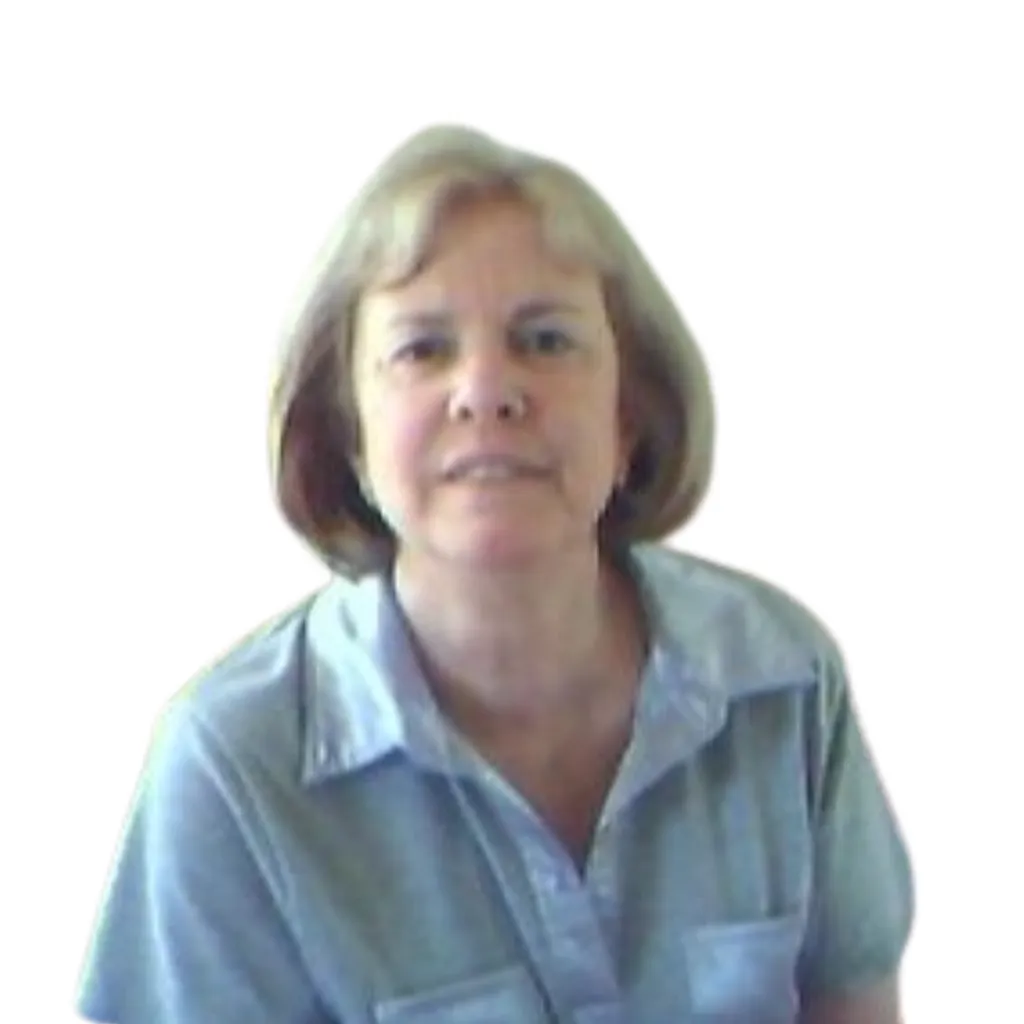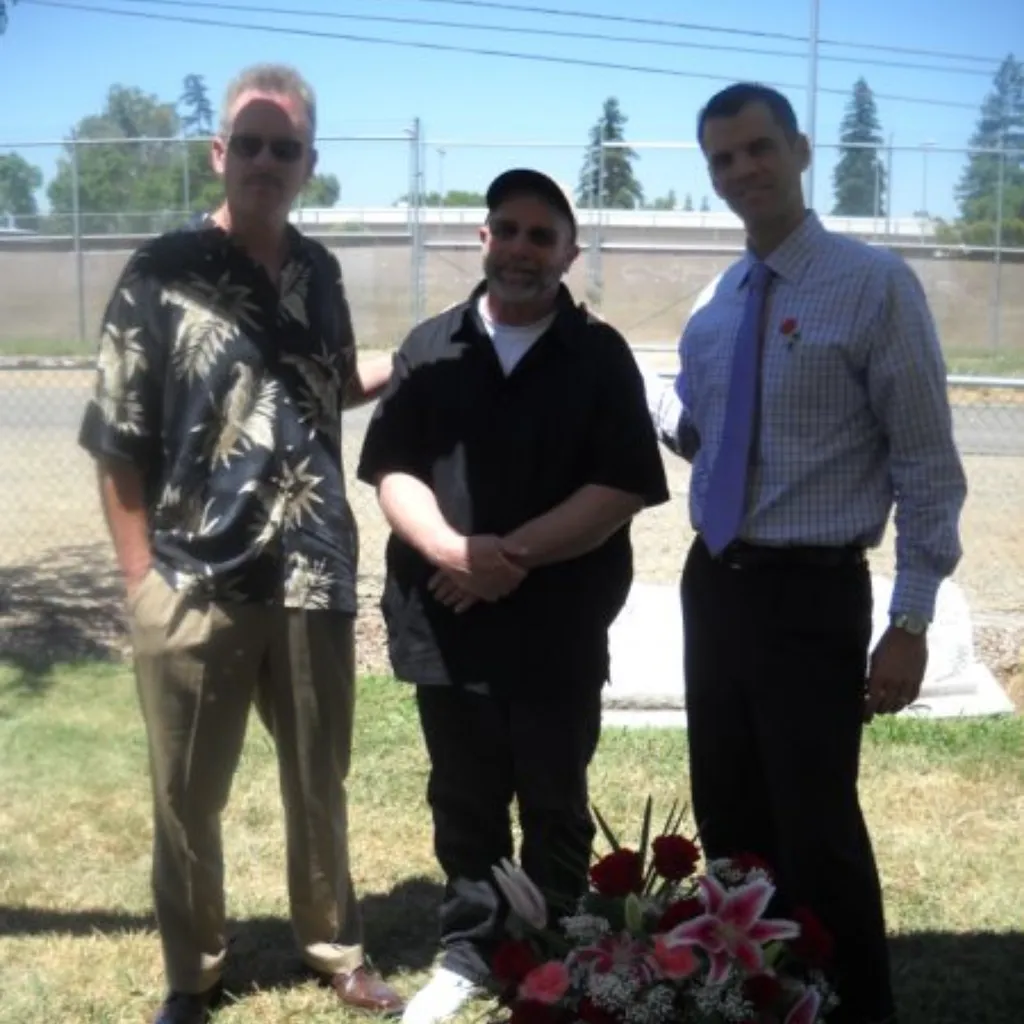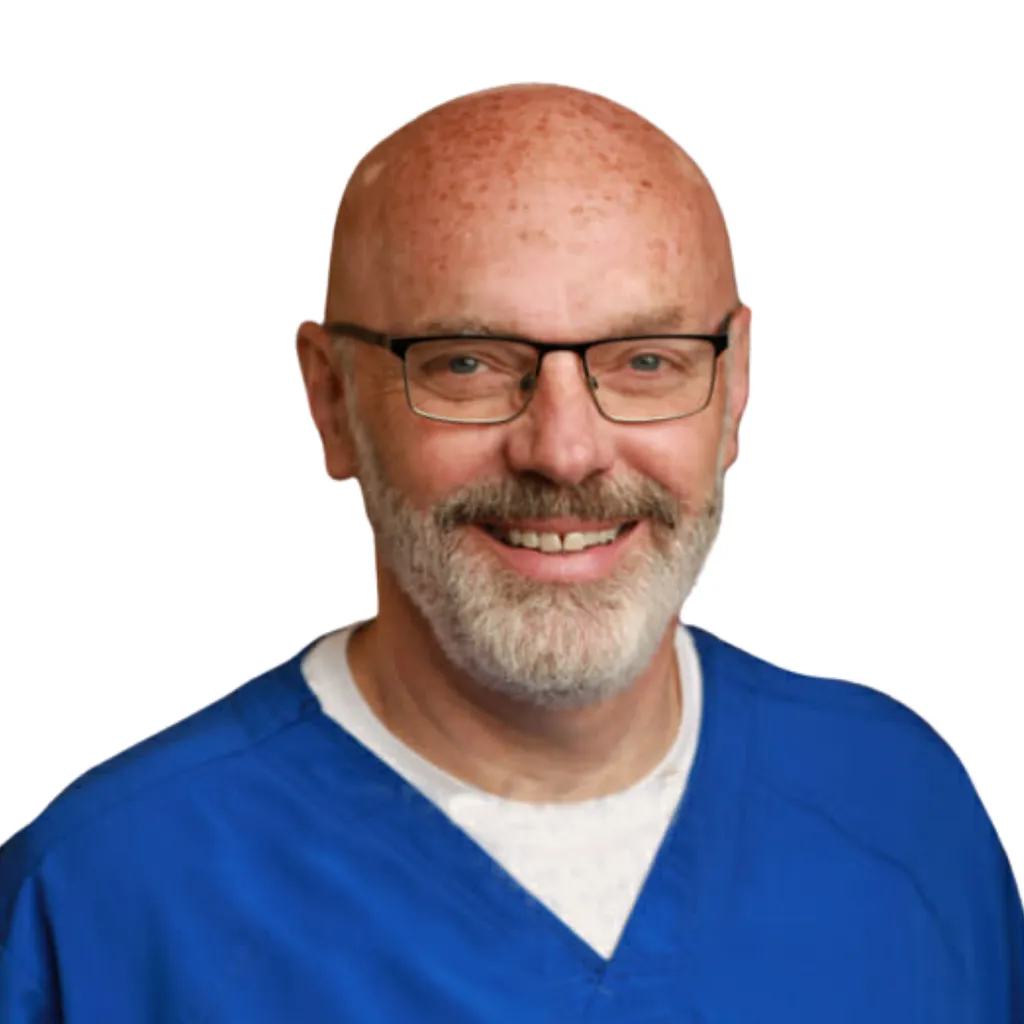Dr. Brian Prax’s Story
“I thought I was supposed to be the one who helped people like my mom…”
By the time my mom was diagnosed, I had already been in practice nearly a decade.
I had a doctorate in chiropractic. My wife, Dr. Jennifer Prax, and I had opened our first clinic in 1996. We had dedicated our lives to helping people heal, especially when conventional approaches weren’t enough. We focused on treating the whole person, not just the symptoms. I believed in that. I still do.
But when my mom, Kathleen, was diagnosed with peripheral neuropathy and Lou Gehrig’s disease in 2005, everything I believed was put to the test.

If you’ve never heard of Lou Gehrig’s disease, it’s also called ALS, short for amyotrophic lateral sclerosis. It’s a rare and brutal disease that slowly destroys the nerves that control movement, starting with weakness or numbness, and eventually affecting speech, swallowing, and breathing. There’s no known cure. Most people don’t survive more than a few years after diagnosis.
My mom was told she had six months.
And as her feet burned and tingled and went numb from neuropathy…
As her muscles weakened…
As her body started to shut down…
…I, her son, the so-called “alternative health expert,” couldn’t help her.
We cleaned up her nutrition. We supported her body in every natural way I knew how. And she kept going, not for six months, but almost six more years.
But I couldn’t stop it. I couldn’t reverse it. I couldn’t save her.
She passed away in 2010. And I still remember the feeling.

The Call That Changed Everything
Not long after her funeral, I was on the phone with one of my oldest friends—Dr. Dan Hansen. He’d been the best man at my wedding. We were just catching up when he said something that stopped me cold:
“Brian, I’ve been helping people with neuropathy. You’ve got to check this out.”
Neuropathy.
The same condition that tormented my mom.
That I couldn’t fix.
Where was this five years ago?
I didn’t say that out loud.
But in that moment, I knew: I was going to figure this out.
I was going to learn everything I didn’t know.
Not just for my patients.
For my mom.
The Fight Against Myself
“They say reversing neuropathy is impossible.”
Was I good enough?
Was I smart enough?
Could I really learn the kind of neurology required to help people with this?
Could I apply it?
Would it actually work?
And what if I failed again?
That was the real battle. Not against medicine. Not against the diagnosis.
But against the voice in my own head telling me I wasn’t enough.

My friend Dan introduced me to Dr. Andy Barlow, a specialist who was teaching something called functional neurology, a deep, root-cause study of how the nervous system works, and more importantly, where it breaks down.
I enrolled in the American Functional Neurology Institute, and for the next two years, I studied harder than I ever had in my life.
I was raising four kids, running a clinic, and flying to Mississippi to learn.
But I was determined.
And on March 24, 2013, I graduated.
From Protocols to Philosophy
At first, I just followed Dr. Barlow’s system step by step.
But over time, I started noticing things.
Old injuries that left a fingerprint on the nervous system.
Gait and posture patterns that revealed hidden imbalances.
Subtle details in a patient’s history that told me more than any lab ever could.
I started building on the system. Listening differently. Evaluating differently.
And the results started changing.
People who had been told “there’s nothing more we can do”… started getting better.
Not just relief from pain, real improvement.
Why I’m Still Here
Since then, I’ve helped over 1,200 people not just relieve the symptoms of peripheral neuropathy, but actually begin healing the underlying nerve damage.
And no, I didn’t heal it. Their bodies did.
They just needed the right support.
In some cases, that meant removing what was getting in the way of healing.
In others, it meant giving their body something it had been missing.
Either way, when the body is supported the right way, healing becomes possible.
I wrote a book, Reversing Neuropathy: Making the Impossible Possible.
I’ve created videos, tools, and resources to help patients and families.
I’ve built a clinic and a care team that continues to grow.
But none of this is about me.
It’s about what I didn’t know when I needed to know it most.
It’s about what I wish I could’ve done, for my mom.
I couldn’t help her in time.
But I might still be able to help you.
I can help someone who still has time.
That’s why this clinic exists.
That’s why I’m still here.
A Note from Dr. Brian Prax



